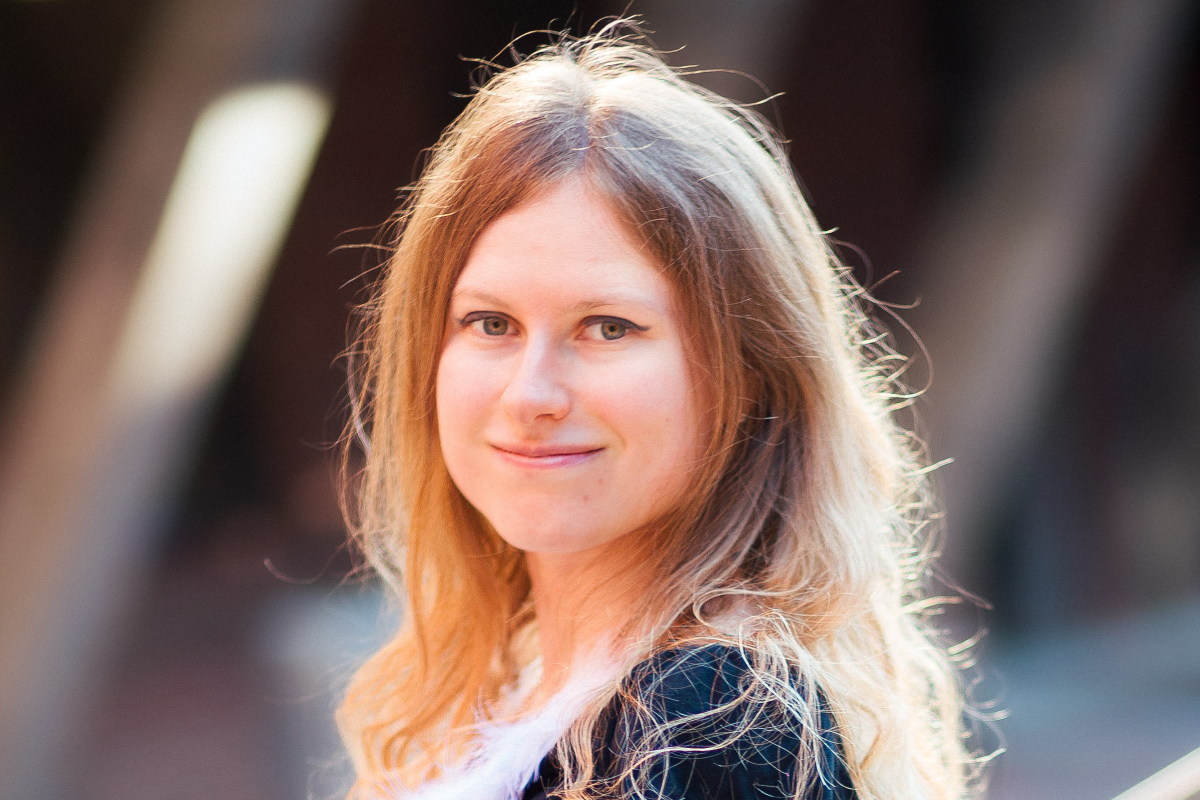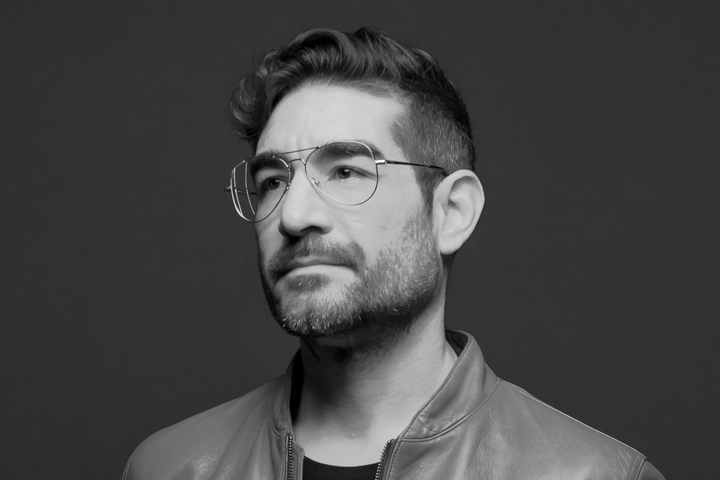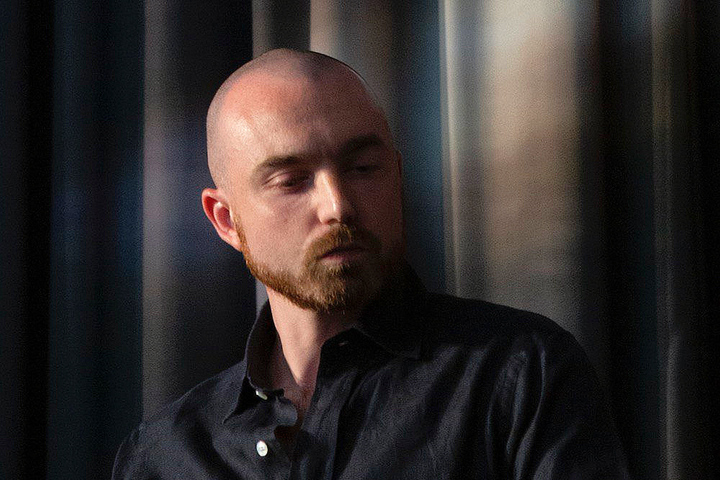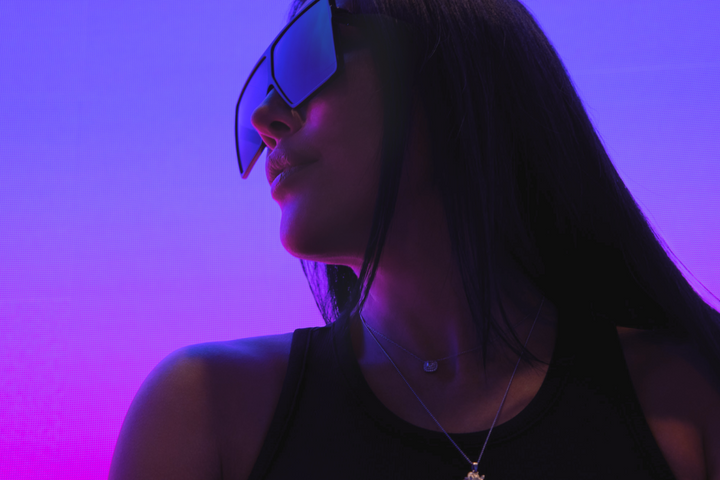Interview with Luba Elliott: Dispelling AI Misconceptions and Exploring the World of AI Art

Luba Elliott is a curator and researcher specialising in AI art. She works to educate and engage the broader public about the recent developments in AI art through talks and exhibitions at venues across the art, business and technology spectrum including Impakt Festival, The Serpentine Galleries, arebyte, ZKM, The Leverhulme Centre for the Future of Intelligence, CogX, NeurIPS and ICCV. Her recent projects include the Unit London exhibition 'The Perfect Error' and the ART-AI Festival in Leicester, UK. She founded the NeurIPS Creativity and Design Workshop and curated the online galleries aiartonline.com and computervisionart.com. She is an Honorary Senior Research Fellow at the UCL Centre for Artificial Intelligence. Prior to that, she worked in start-ups, including the art collector database Larry’s List. She obtained her undergraduate degree in Modern Languages at the University of Cambridge.
Being a specialist in creative AI, how do you personally define artificial intelligence?
Personally, in my practice as curator, I equate AI with machine or deep learning - using statistical methods or artificial neural networks to learn from data. However, I’m always fascinated to observe that there are so many ways of thinking about AI, from any technology these days to humanoid robots.
What are the implications of AI on the arts/culture sector?
AI can help the arts and culture sector in a number of ways. In terms of visitor engagement, museums can use AI to reach new audiences (Salvador Dali deepfake at The Dali Museum), improve accessibility (guided robot visit at the Van Abbemuseum) or create interactive or immersive installations (such as by artists Memo Akten or Refik Anadol). Additionally, AI can be used for research: Oxia Palus have been using AI to uncover hidden artworks, while tools such as Google's Art Palette make links between different parts of a museum's collection.
On the negative side, the proliferation of generative AI tools such as text-to-image generators may lead to homogenous content being created and disseminated all over the internet that will shape the aesthetic in the years to come.
Can you tell us about the current projects you are working on at the intersection of Art and AI?
I'm currently working on the next edition of the Art AI Festival, due to happen next year in Leicester. There are a couple of other curatorial and writing projects I'm working on, but nothing I can share with you just yet.
How has the hype surrounding ChatGPT's release in November 2022 influenced your work and projects?
In my case, it was more the text-to-image generators like Stable Diffusion and Midjourney that made a difference in my field, drawing in a new group of artists to explore the image-making possibilities of these tools and also encouraging discussion about ethics and the inclusion of artworks in datasets without consent from artists. ChatGPT on the other hand is more of an auxiliary tool that now helps artists and galleries draft content, although of course some artists will work with it.
Are there any artists using artificial intelligence whom you find particularly exciting right now?
I’m always excited about the pioneering AI artists such as Mario Klingemann, Anna Ridler, Helena Sarin and Sofia Crespo. I’ve had the pleasure to work with them and follow their careers over the years and have seen them take what’s possible with AI to another level.
Lately, I've been impressed by the work of Sasha Stiles, a poet and artist, who works with AI, creating visually and conceptually interesting pieces as well as building communities around blockchain poetry.
What are the most common misconceptions or concerns regarding AI art, and how do you address them?
Nowadays many people think that AI art simply means art made with text-to-image generators that is frequently sold as NFTs on online platforms. To me, this ignores the broader history of artists working with deep learning tools such as DeepDream and GANs over the years, not all of whom make images purely for digital consumption and commerce. I try to address these misconceptions by highlighting the recent history of the AI art field in my talks.
Additionally, some people think that AI art is all done by computers without human involvement. This is also not true as it's the artist that comes up with the concept, selects the tools, curates and sometimes edits the final output. This is also best addressed by learning about the individual process of artists.
In your opinion, how do you think AI will progress in the coming years, and what potential impact will it have on the arts and creative fields?
In the last couple of years, we have seen major progress in the ability of AI to generate images and text. I expect to see continued improvement in multimodal models (models which combine different types of data), targeting music, video, 3D design. As has been the case with text-to-image generators recently, I expect to see artists experiment with the new tools, pushing their boundaries and creating new use cases. If those new tools simplify and speed up creative work, it may mean that artists and creative professionals will need to continue to upskill and learn to work with this technology.



